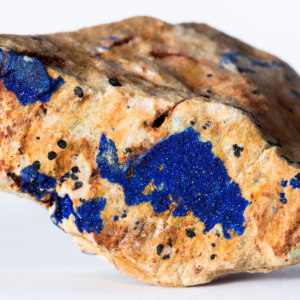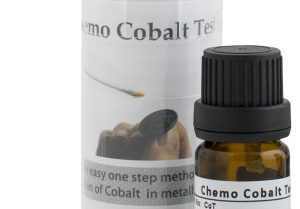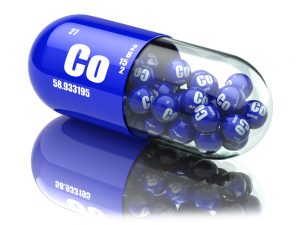2016 Contact Allergen of the Year
COBALT
Allergic contact dermatitis is a T-cell dependent, delayed-type (Type IV) hypersensitivity reaction that has a high impact both in terms of patient morbidity and economics. This type of hypersensitivity reaction is primarily instigated by small lipophilic chemicals (haptens) with a molecular weight less than 500 Daltons. These chemical allergens trigger a complex immunologic cascade in the skin, which leads to the clinical picture of allergic contact dermatitis. Click on the links below to find out more information about cobalt allergic contact dermatitis.
“New information has come to light in the last few years regarding potential sources of exposure to this metallic substance… This article will highlight the recently recognized need to consider leather as a major site of cobalt and the visual cues suggesting the presence of cobalt in jewelry. In addition, a chemical spot test for cobalt now allows us to better identify its presence in suspect materials.”
“In this article, we focus on the element cobalt. We also explore top relevant allergens, regional- and topic-based dermatitis presentations and clinical tips and pearls for diagnosis and treatment.”
“An easy one step method to detect free Cobalt in metallic objects. The Cobalt Spot Test detects free cobalt down to a limit of 8.3 ppm (parts/million). The sensitivity threshold of most cobalt allergic patients is above 10 ppm. Chemo Cobalt Test™ contains Nitroso R salt solution. Used on cobalt containing objects, the solution will turn bright, redish-pink.“




